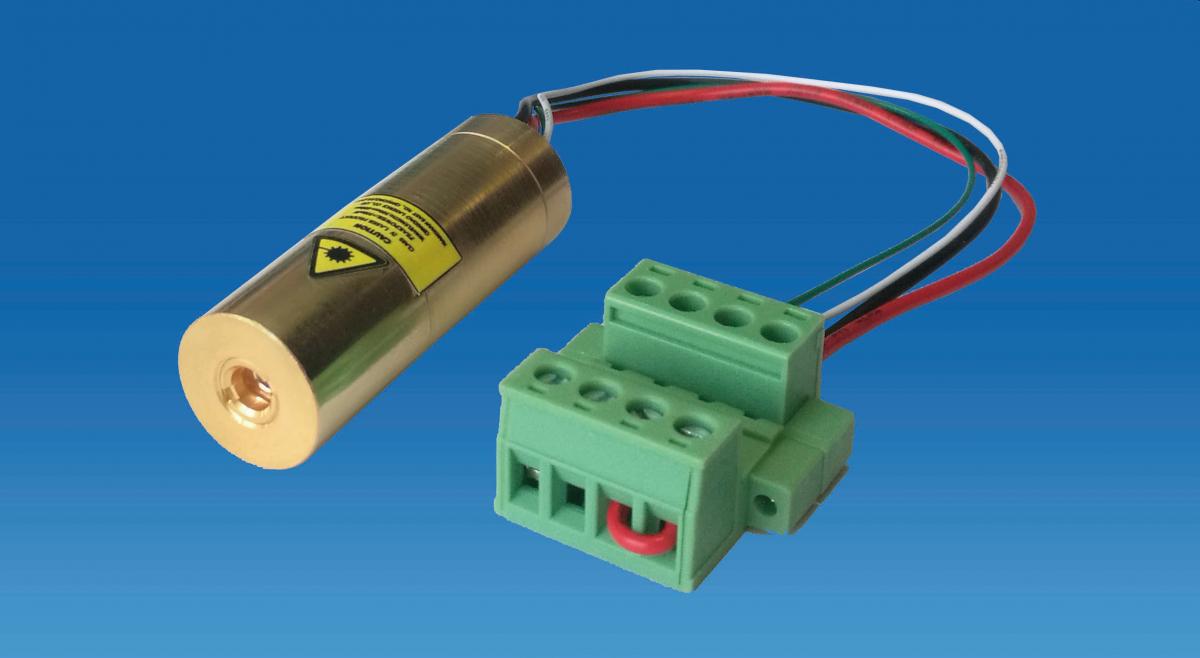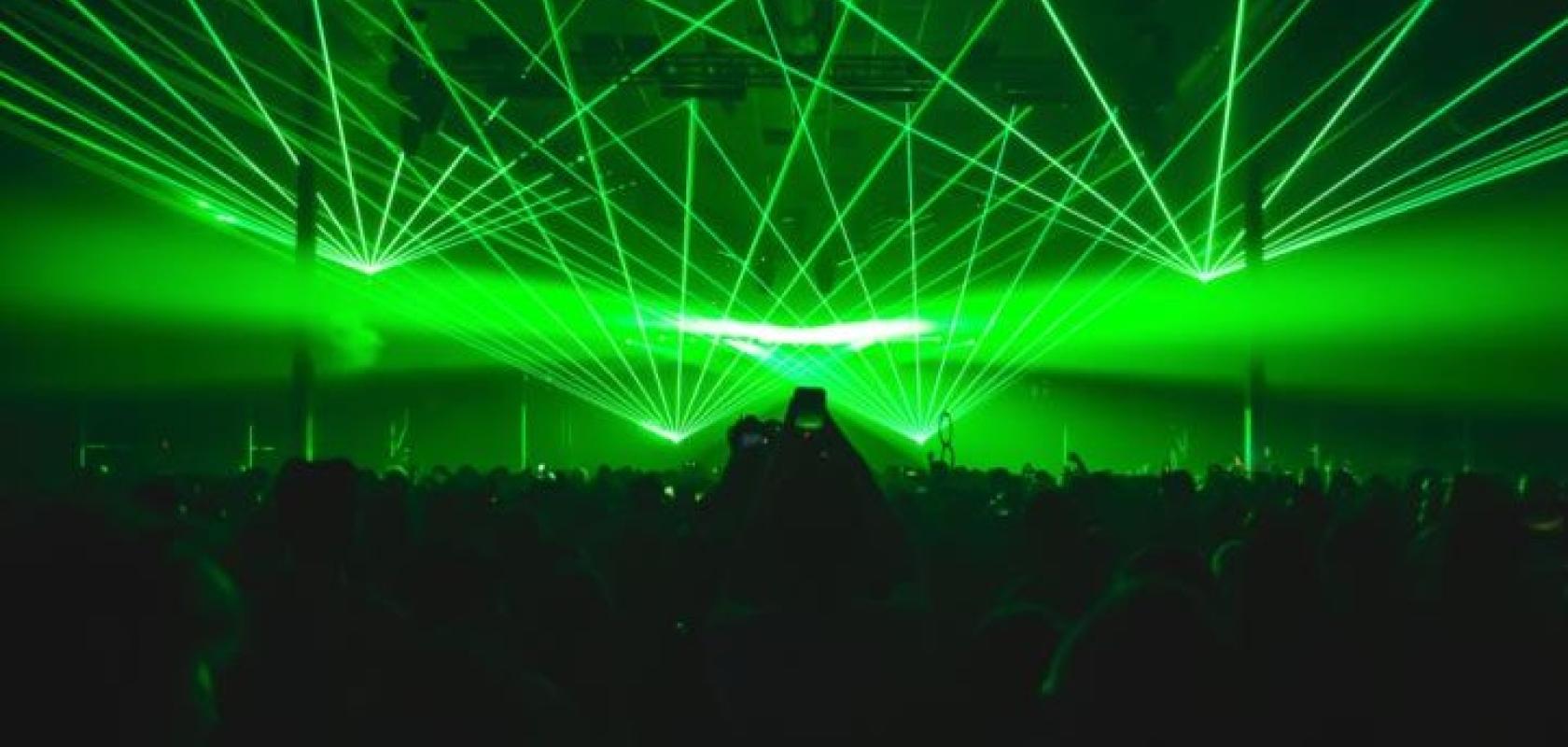Gemma Church explains how a unique Crystal Laser Core (CLC) is unlocking multiple applications in the yellow and green wavelength range
From laser pointers to advanced medical treatments, green and yellow light laser modules are established tools across multiple industries and used across a wide range of applications.
Depending on the application in question, different laser technologies are used. For low- to medium-end applications, direct diode lasers (DDLs) are often a cost-effective option. DDLs also do not use optical fibres, providing an energy-saving light source with little transmission loss due to complicated optical systems.
For high-end applications, more advanced laser technologies are required. Diode-pumped solid state (DPSS) lasers are traditionally used in the green and yellow wavelength range for these high-end applications, where they are capable of emitting wavelengths that traditional diodes cannot directly produce while also providing the high stability and beam quality required.
But DPSS lasers are generally larger in size and more temperature dependent than their DDL counterparts, operating at peak efficiency over a small temperature range. They are also more inefficient as the process of pumping the light through the crystals reduces the output.
For yellow lasers with a 589nm wavelength, for example, efficiencies can be as low as five per cent. In other words, a 1W pump diode will pass through the crystals and produce a beam that’s only 20mW.
To try to overcome this issue, many DPSS lasers use sum-frequency technology where two laser beams are combined to generate an output beam with a frequency equal to the sum of the input frequencies. But this results in complex and unwieldy modules with a high cost for bulk production, as well as several other issues when it comes to many applications for green and yellow light laser modules.
“Today’s engineers, researchers and production people face a range of challenges in the green and yellow region,” explains Joerg Muehlberger, sales and marketing director at Lasence. “They need a wide range of wavelengths to choose from, narrow spectrum widths, high stability, compact and easy-to-operate modules, a wide range of operating temperatures and competitive pricing.”
This is where self frequency-doubled (SFD) lasers can help. They combine an active laser medium and non-linear frequency conversion medium into a single crystal, resulting in compact modules at lower cost, compared to conventional sum-frequency technologies that use two separate crystals.
However, many SFD lasers are still hampered by low output powers and can only operate in a narrow temperature range. So, laser technology specialists Lasence developed a unique Crystal Laser Core (CLC) technology to overcome these issues.
Introducing CLC
Lasence’s CLC lasers rely on a self-frequency doubling laser crystal, where the crystal combines the properties of a laser crystal and a nonlinear optical crystal.

Lasence laser module 1W 545nm
But CLC lasers are capable of working across a wide range of temperatures, even at lower powers. This removes the requirement for additional cooling or heating of the module, providing simpler operation and a more compact design compared to other modules on the market.
“For example, for existing green laser modules working at the 532nm wavelength, the temperature needs to be fixed at one point to achieve an efficient output because nonlinear crystals are highly temperature sensitive. CLC technologies like ours are not as sensitive to such temperature changes,” explains Muehlberger.
Lasence recently extended its existing GMR laser module range to provide wavelengths of 520nm, 555nm, 561nm and 577nm with output powers ranging from less than 1mW to 1.2W. The Frankfurt Laser Company distributes Lasence laser modules in Europe exclusively.
The new laser modules come with a typical output beam diameter of 0.5mm and a divergence of ≤40mrad. With dimensions of just 18mm x 55mm (diameter x length), the modules are highly compact while still providing a high output power.
The laser modules also have a wide temperature range of between -30 and 50 degrees Celsius with a fast rise time, while providing superior performance and reliability.
In its latest whitepaper, New green and yellow laser modules for multiple applications and across a wide temperature range, Lasence explains the benefits of its CLC technology and the applications now unlocked by its latest additions to the GMR laser module range.
Vsevolod Mazo, sales director at the Frankfurt Laser Company, says: “In the biomedical field, for example, the new laser modules are used in cytogenetics, which is the study of tissue, blood, blood marrow or culture cells in a laboratory, and intravital imaging to observe biological processes in live animals at high resolution.”
He adds: “Optogenetics is another important biomedical application to help researchers understand how areas of the brain connect and work together.”
Optogenetics uses a combination of genetic engineering and light to control the cells of the brain. It is a popular technique in brain research laboratories, where scientists take the genetic code of target neurons and add a new piece of code. This new code allows these neurons to make special proteins, called opsins, which respond to light.
The new laser modules are also being used across a range of clinical applications. These include robotic surgery applications, photoluminescence microscopy to identify structures in fixed and live biological samples and endoscopy tests to image inside a body.
Within industry, these new laser modules are also used in agricultural applications and to inspect foods and semiconductors.
Thanks to their compact size, wide temperature range, high stability and suitability for mass production, CLC lasers are expected to be used in an increasing number of applications.
“We can provide customers not only with customised products but also the best laser optical solutions,” Muehlberger concluded. “We are engaged in research and development, the production and application of our CLC with the capability of manufacturing 20 million laser modules annually.”
To find out more about how GLM series of laser modules utilise Lasence's Crystal Laser Core (CLC) technology to provide a wide range of wavelengths and operating temperatures with high stability and competitive pricing, download the latest white paper.


